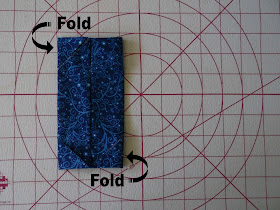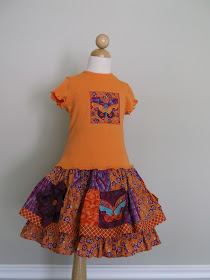Located on State Street in Clearfield, Sew and Save is a sweet surprise inside!
The quilt store has been in business for 29 years, and it's no surprise to see why it has such a loyal customer following.
They have a great assortment of fabrics, including my favorites by Moda, but they are best know for their huge selection of flannels and Minkys. This entire wall and rows of shelves are dedicated just to flannel!
They also have tons of candy colored crochet threads, and hemstitched blankets and burp cloths just waiting for you to add a pretty little crocheted trim
Everywhere, lovely displays of patterns and kits!
I loved this Chevron Chenille quilt
Many of their quilt patterns are their own original designs!
One of my favorite things? The abundance of rick rack of course!
Every shade you can imagine in a variety of widths!
I wanted to go home with several yards of each.
Ohhh......An unexpected pleasure: Bakers twine by Moda!
If you love flannels then you're in for a treat - sign ups for their next BOM club start in June, and it is another one of their original quilt patterns - all done in Maywood Studio or Moda Flannels.
In addition to all the wonderful things above, there were a few things I don't usually see at your standard quilt shop - zippers, wrights bias tapes and trims, tea towels for appliqueing, Coats and Clark threads, and Kwik-Sew patterns.
The Sew and Save also boasts some mighty good customer service - girls who work there are so friendly and helpful, cheerfully cutting FQ's for me from every bolt I brought them. I won't tell you what I bought, but I'll give you a hint of whats to come from it....
So, here's the logistics:
Sew and Save
1475 S. State Street #A
Clearfield UT 84015
(801) 825 - 2177
Open
Monday - Friday
10 - 7
Saturday
10 - 6
Closed Sunday
Go check 'em out and tell 'em we sent ya!
Tell us! What's the first thing you're drawn to in a quilt shop?






















.jpg)































